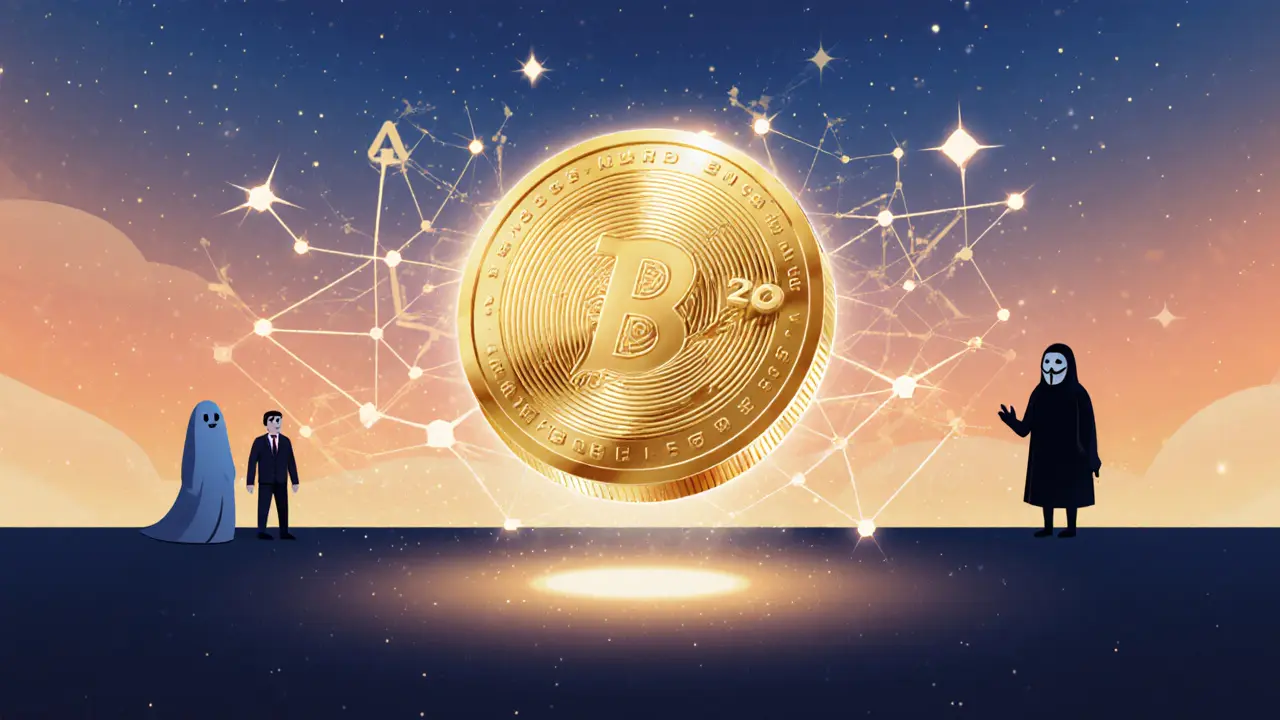BANUS Token – All You Need to Know
When looking at BANUS token, a utility token built on a public blockchain that aims to power decentralized finance applications. Also known as BANUS, it combines staking incentives with governance rights. Airdrop, a distribution method where free tokens are given to eligible wallets plays a key role in its early community growth, while Tokenomics, the economic design that defines supply, emission rate and utility determines long‑term value. Together, these elements shape how investors interact with BANUS.
Why tokenomics and airdrops matter for BANUS
BANUS token’s tokenomics include a capped supply of 100 million, a 2% annual inflation for staking rewards, and a governance treasury that funds protocol upgrades. This structure creates a clear incentive for holders to stake rather than flip, which can reduce price volatility. Meanwhile, a well‑planned airdrop can bootstrap network effects; early adopters receive free tokens, driving organic liquidity and community buzz. In practice, many projects we cover—like the SENSO token airdrop or the WagyuSwap launch—use similar tactics, showing how airdrops influence token distribution and market perception.
Security is another pillar. To protect BANUS holdings, a robust seed phrase, a list of words that regenerates a crypto wallet’s private keys is essential. Mishandling a seed phrase can lead to irreversible loss, a risk highlighted in our guide on “What Is a Seed Phrase in Cryptocurrency?”. Pairing a strong seed phrase with hardware wallet backups creates a safety net for anyone swapping BANUS on a cryptocurrency exchange, a platform that enables buying, selling and trading of digital assets. Our MintMe and Coinbase reviews break down how exchange security, fees, and user experience impact token trading.
Behind the scenes, the blockchain, a distributed ledger that records all transactions immutably provides the backbone for BANUS. Features like on‑chain governance, transparent token supply, and smart contract execution are only possible because of this technology. Articles like “Genesis Block Parameters and Configuration Guide” illustrate how developers set up the initial state of a blockchain, which directly affects token behavior and ecosystem growth.
Regulatory context also shapes BANUS’s journey. Regions such as China, Japan, and Taiwan have taken distinct approaches to crypto, ranging from outright bans to detailed consumer protection frameworks. Understanding these rules helps users navigate cross‑border trading and compliance—insights we cover in pieces about China’s ban, Japan’s consumer safeguards, and Taiwan’s tax guide.
From a practical standpoint, the BANUS token ecosystem intersects with a variety of tools: decentralized exchanges like SundaeSwap, NFT ticketing platforms, and AI‑blockchain integrations. Each tool adds a layer of utility, whether it’s providing liquidity, enabling event access, or automating smart contract audits. Our article on “AI Blockchain Integration” shows how AI can enhance security and efficiency for tokens like BANUS.
All of these facets—tokenomics, airdrops, security, exchange choice, blockchain architecture, and regulation—form a cohesive picture of what it means to hold and trade BANUS. By grasping each piece, you’ll be better equipped to assess risk, spot opportunities, and participate confidently in the market.
Below you’ll find a curated collection of guides, reviews, and deep dives that unpack each of these topics in detail. Dive in to learn how to protect your seed phrase, claim the latest airdrop, evaluate exchange fees, and stay ahead of regulatory shifts—all while keeping BANUS token at the center of your crypto strategy.

Banus.Finance (BANUS) Crypto Coin Explained - Risks, Tokenomics & DEX Overview
Caius Merrow Sep, 21 2025 10A detailed look at Banus.Finance (BANUS) crypto coin, covering tokenomics, DEX features, market data, risks, and how to acquire it.
More Detail